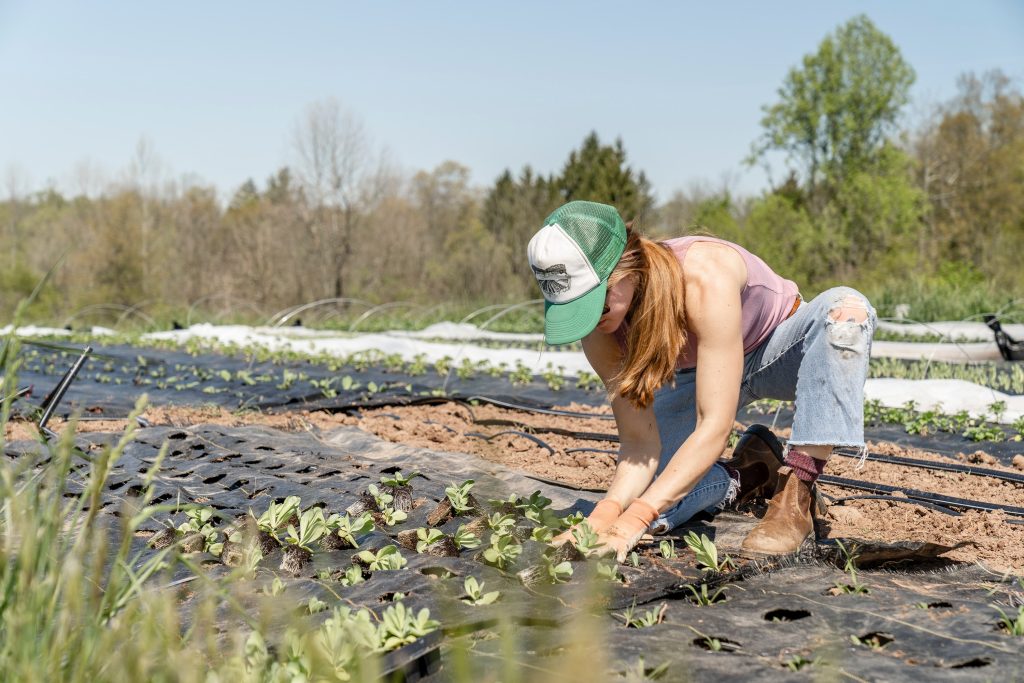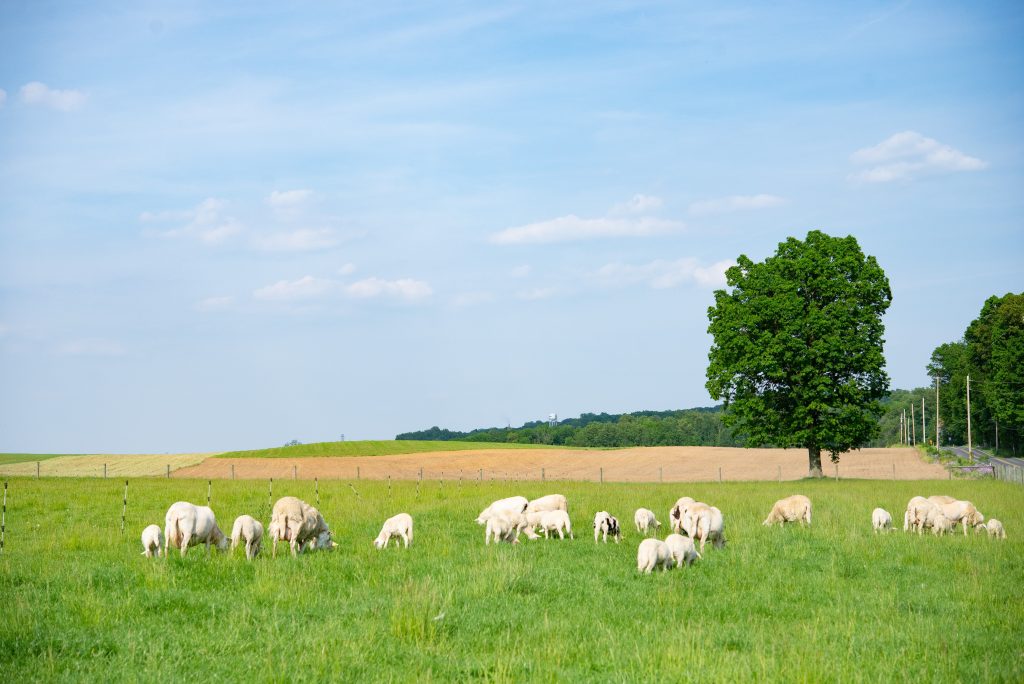Given the severity and urgency of the climate crisis, digital innovation applied to emission control and carbon storage processes is enabling new applications for agriculture. Within the Farmbox project, we are building a satellite simulator that aims to architect the ‘virtual’ satellite infrastructure within the agriculture ecosystem.
The literature tells us that agriculture is responsible for 18 to 20% of our annual CO2 emissions [FAO, 2021] and can have serious long-term consequences for biodiversity, ecosystem services and food security. After the Second World War, the intensive farming model was adopted in our fields with the aim of maximising yields. Intensive agriculture has generated serious impacts on our natural ecosystems: the disproportionate use of chemicals and monocultures have contaminated and depleted water sources, caused soil erosion and, in some cases, destroyed entire natural habitats.
The need to restore soil and the uprisal of numerous environmental initiatives led to the introduction of the concept of regenerative agriculture[1], a series of cultivation techniques that make it possible to benefit from the properties of the land without exploiting or impoverishing it.

The FarmBox project is merging the main techniques of regenerative agriculture with satellite data to find a technological solution that monitors and simulates soil tillage, agricultural crops, climate and the entire soil context. The aim is to create a tool that works harmoniously for and with nature.
Satellite data are very useful for crop monitoring, soil moisture monitoring, monitoring biophysical aspects, meteorological aspects, vigour conditions and the use of plant protection products and fertilisers. The FarmBox project incorporates information into a distributed database which, when combined, can give rise to new information and new ways of understanding agriculture.
The basic information includes
- Satellite indices
- Meteorological data
- Soil information
- Field data (optional)
- Agricultural management and conservation practices
- Emission reduction coefficients
Environmental information, crop details and detailed information on agricultural practices can determine and simulate farming techniques that have the real purpose of reducing CO2 concentrations in the atmosphere[2], increasing food security, creating resilience to changing weather patterns, or counteracting biodiversity loss.
In our simulator we will test the real potential of many regenerative agricultural practices, based on traditional and non-traditional methods to test their capacity to generate added value for the soil and to determine the most suitable farming and cultivation themes and practices for every specific geographical area.

The first studies have led the FarmBox team to draw up possible case studies that may be fundamental for testing the cultivation practice simulator. We will focus on simulating agricultural land with different characteristics, different geographical locations and different soil textures. We will also take into account ‘their history’ and test the following practices:
- Discontinue use of fertilisers and pesticides;
- Reducing or permanently reducing tillage
- Crop rotation to encourage biodiversity and to abandon monocultures
- Testing to maximise soil cover through cover crop techniques, live roots and mulching,
- Tests on agricultural land combined with agriculture/livestock or crops/trees and finally agroforestry/forestry.
Following steps will be the release of results about these tests and show the results of the individual farming practices and the actual environmental advantages or disadvantages. We are currently collecting suggestions and inputs about other practices and recommendations to be tested through the simulator. You can email us at: info@uptoearth.eu or use the contact form available here.
The FarmBox team is aware that soils have lost a lot of carbon in recent years that is currently difficult to estimate. The concentration of CO2 in the atmosphere is increasing, soil fertility has decreased and the world’s arable land has decreased by a third compared to the past [OECD-FAO, 2018]. An agricultural technology revolution that does not replace the work of the farmer, but supports the farmer in a transition to new, safe and cost-effective practices is needed. Therefeore, the FarmBox simulation system will help to define the real contributions of each farming practice, to visually test that practice on his farmland and at the same time to help not to make mistakes when working his farmland.
[1] “Regenerative Agriculture” describes farming and grazing practices that, among other benefits, reverse climate change by rebuilding soil organic matter and restoring degraded soil biodiversity – resulting in both carbon drawdown and improving the water cycle. https://regenerationinternational.org/why-regenerative-agriculture/
[2] e.g. agricultural practices that result in low greenhouse gas emissions or increase the capacity of the soil to fix them in organic matter


No responses yet